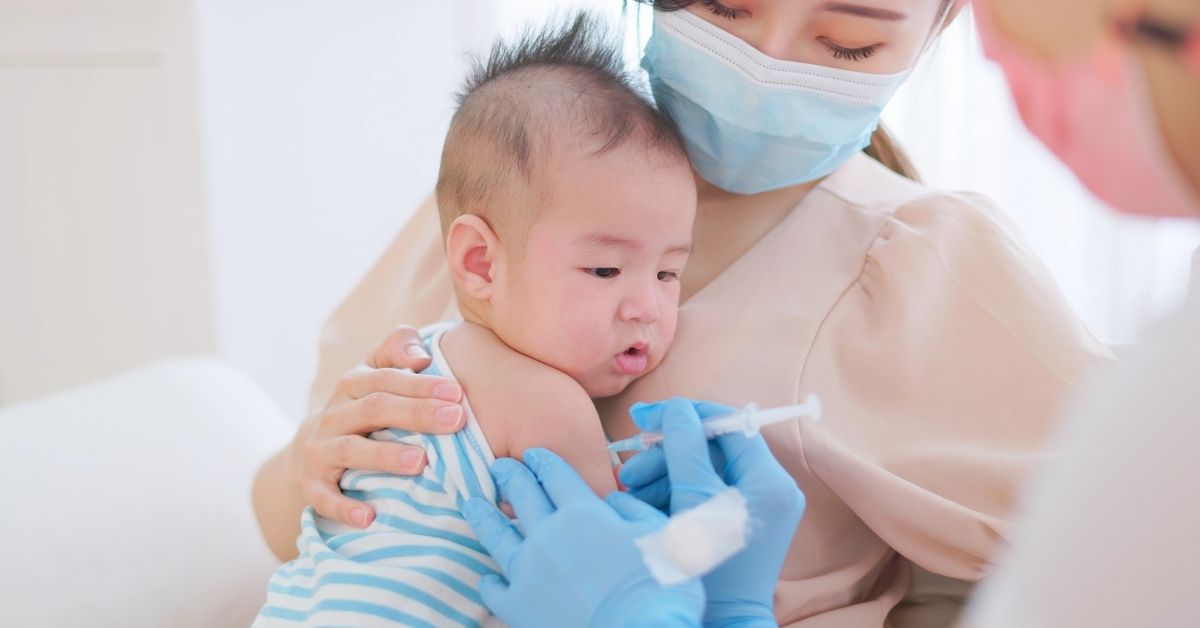Juvenile papillomatosis is a rare, benign (non-cancerous) breast condition that predominantly affects young females but can also occur in males. Often referred to as “Swiss cheese disease” due to its unique pattern of cysts and ducts under the microscope, juvenile papillomatosis can cause anxiety for parents and young patients alike. Though benign, it’s essential to understand its symptoms, diagnosis, and treatment to ensure proper care and to address any future health implications.
What is Juvenile Papillomatosis?
Juvenile papillomatosis is a condition characterized by the presence of multiple small cysts, ducts, and fibrous tissues within the breast tissue. It typically presents as a painless, firm lump, usually in one breast, and often discovered during a routine examination or self-check. Unlike other breast conditions, juvenile papillomatosis is relatively rare in children and young adolescents, making awareness and early detection crucial.
Causes of Juvenile Papillomatosis
The exact cause of juvenile papillomatosis is unknown, but factors that may contribute include:
• Genetic Predisposition: A family history of breast cancer or benign breast conditions may increase the likelihood of developing juvenile papillomatosis.
• Hormonal Changes: Hormonal shifts during puberty can influence breast tissue growth, potentially contributing to the formation of juvenile papillomatosis.
• Underlying Benign Conditions: Cysts, ductal hyperplasia, and other benign breast conditions may occasionally be associated with juvenile papillomatosis.
Symptoms of Juvenile Papillomatosis
Some key symptoms to watch for include:
• Breast Lump: A firm, painless lump, generally in one breast, is the primary symptom. The lump may feel smooth or lobulated (having a lumpy surface).
• Asymmetrical Breast Growth: In rare cases, the lump may cause one breast to appear larger than the other.
• No Associated Pain: Unlike some breast conditions, juvenile papillomatosis generally does not cause discomfort or pain.
Diagnosis of Juvenile Papillomatosis
Proper diagnosis of juvenile papillomatosis requires medical evaluation, often including:
1. Physical Examination: A healthcare provider will perform a thorough physical breast exam to assess the lump.
2. Ultrasound Imaging: Since young breast tissue is typically dense, an ultrasound may be used to visualize the structure of the lump more accurately.
3. Fine-Needle Aspiration or Biopsy: In some cases, a small sample of tissue may be taken to confirm that the lump is benign and to rule out malignancy.
Treatment for Juvenile Papillomatosis
While juvenile papillomatosis is benign, treatment may be necessary to prevent complications or to alleviate anxiety. Treatment options include:
• Observation: If the lump is small and asymptomatic, the doctor may recommend monitoring it over time with regular check-ups and ultrasounds.
• Surgical Removal: In cases where the lump is large, causing discomfort, or grows over time, a surgical excision (lumpectomy) may be recommended.
• Post-Treatment Monitoring: Regular follow-up visits are essential to ensure there are no recurrences, as juvenile papillomatosis can sometimes recur after treatment.
Risk Factors and Long-Term Implications
While juvenile papillomatosis itself is benign, some studies suggest a potential increased risk of breast cancer later in life for those with a family history of the disease. It’s essential to follow up with healthcare providers for long-term monitoring.
Conclusion
Juvenile papillomatosis is a rare and benign breast condition in young individuals that often presents as a firm, painless lump. Although it is not cancerous, it’s essential to seek a proper diagnosis and follow the recommended treatment and monitoring. With early intervention and regular follow-ups, juvenile papillomatosis can be managed effectively, offering peace of mind for both parents and young patients.








